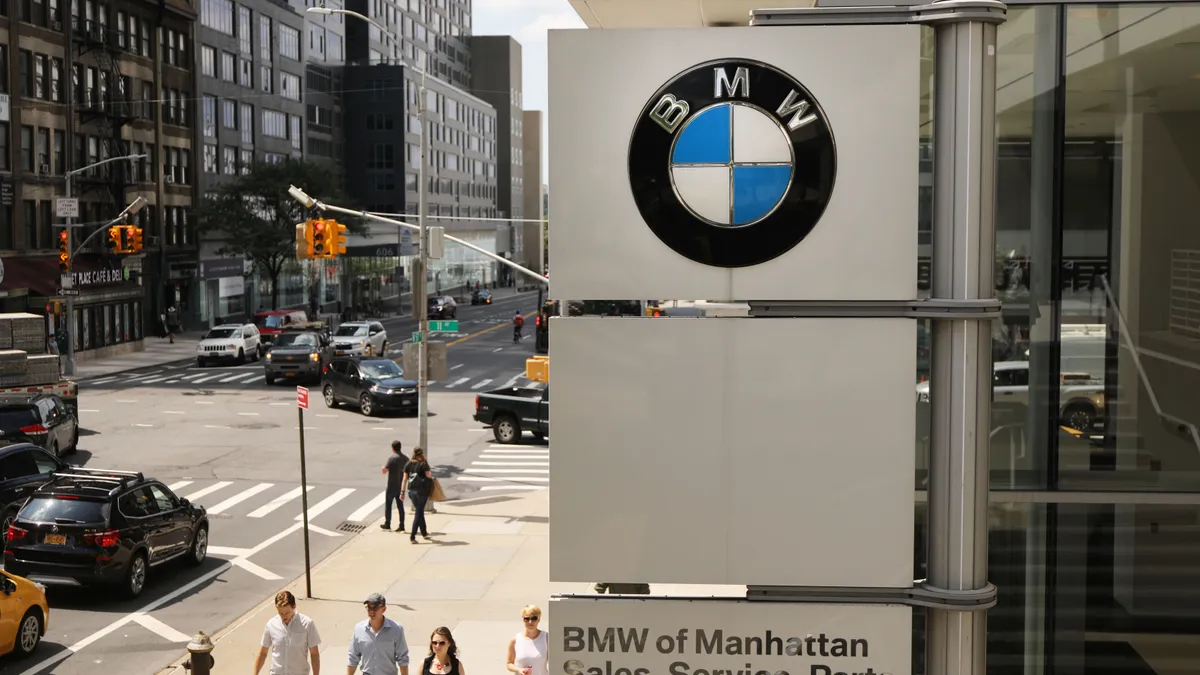Dive Brief:
- BMW Group chose AWS as the preferred cloud provider for its automated driving platform, the companies announced Tuesday.
- The luxury automobile manufacturer will leverage the hyperscaler’s cloud infrastructure and services, including generative AI, ML and IoT capabilities, to reengineer and support enhancements to its advanced driver assistance system, the companies said.
- The new strategy will integrate Qualcomm’s Ride Vision software stack and move BMW’s ADAS out of the company’s on-prem data center environment, Nicolai Martin, SVP of driving experience at BMW Group, said during a pre-announcement press conference last week.
Dive Insight:
BMW Group is no stranger to cloud or AWS. Last year, the two companies collaborated on a standardized fleet data management solution, and in 2020 BMW partnered with the hyperscaler to migrate a companywide storehouse of on-prem operational data, creating BMW’s centralized Cloud Data Hub.
The benefits flowed both ways as AWS, the global market leader in cloud infrastructure, worked to develop industry-specific cloud solutions to grow its business. AWS announced its modernization vertical for the automotive industry in 2021.
“A lot of what we're doing at AWS for Automotive is around the vehicle technology, but that work now extends into operation areas such as supply chain and manufacturing and even customer experience,” Wendy Bauer, general manager of AWS automotive and manufacturing, said during the press conference.
Extending the partnership will enable engineers at BMW and its wireless technology partner Qualcomm to jointly develop software from 14 locations globally, according to Martin.
The deal will also link BMW’s existing Cloud Data Hub to engineering, easing access to data needed to improve automation functions, such as lane departure assist, automated lane change and hands-free driving.
The next generation ADAS will be deployed in BMW’s Neue Klasse vehicle line, set to launch in 2025.
The ADAS solution may have applications beyond the automotive industry, Bauer said.
“There will be learnings that come out of this that will scale to other industries,” said Bauer, pointing to potential use cases in healthcare, life sciences, the energy sector and other verticals with complex, globally dispersed software development ecosystems.












